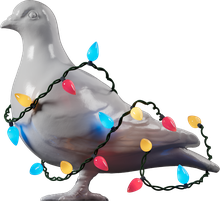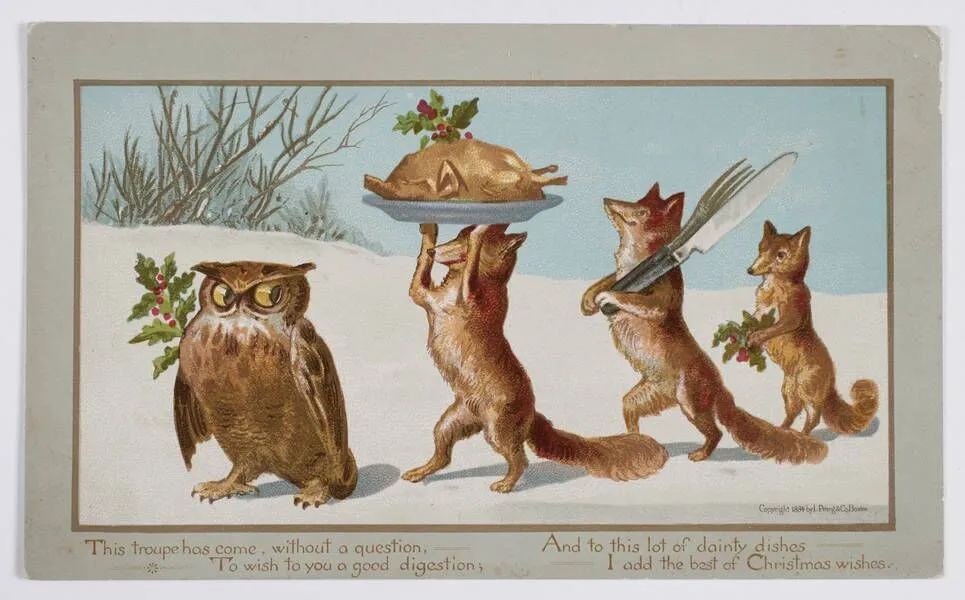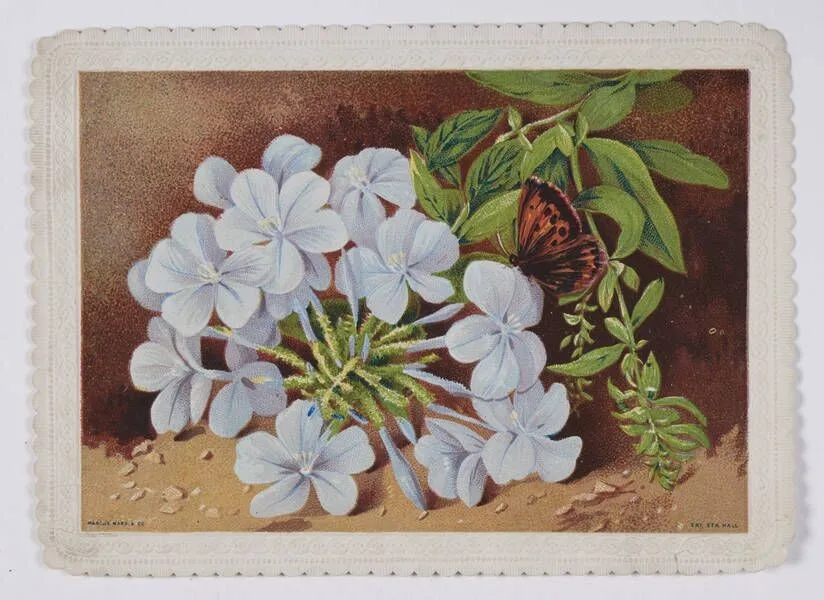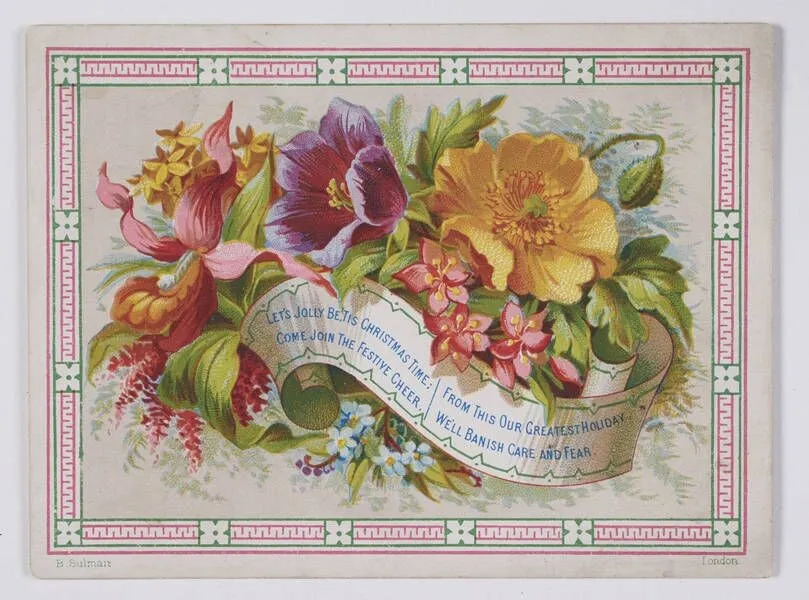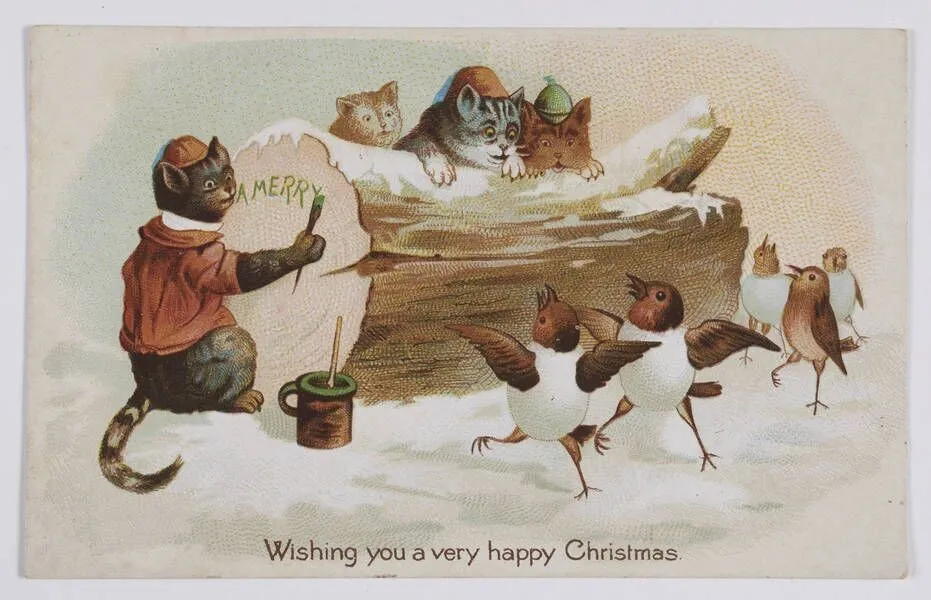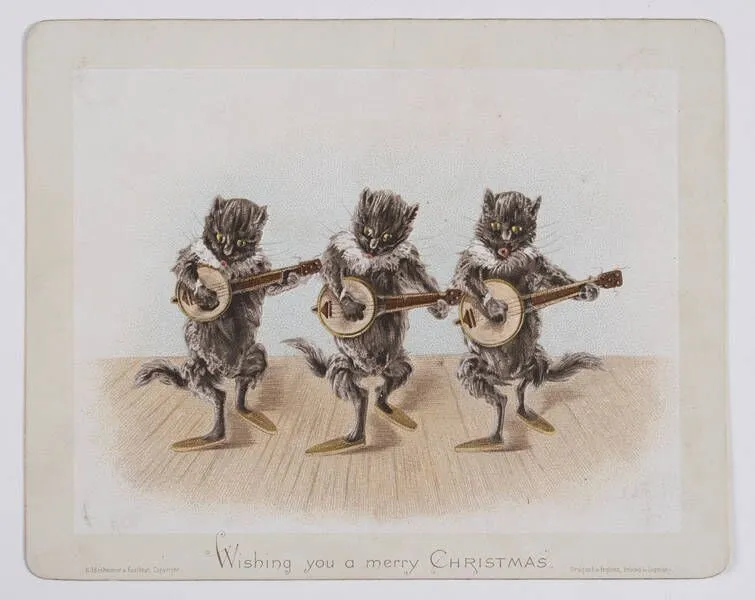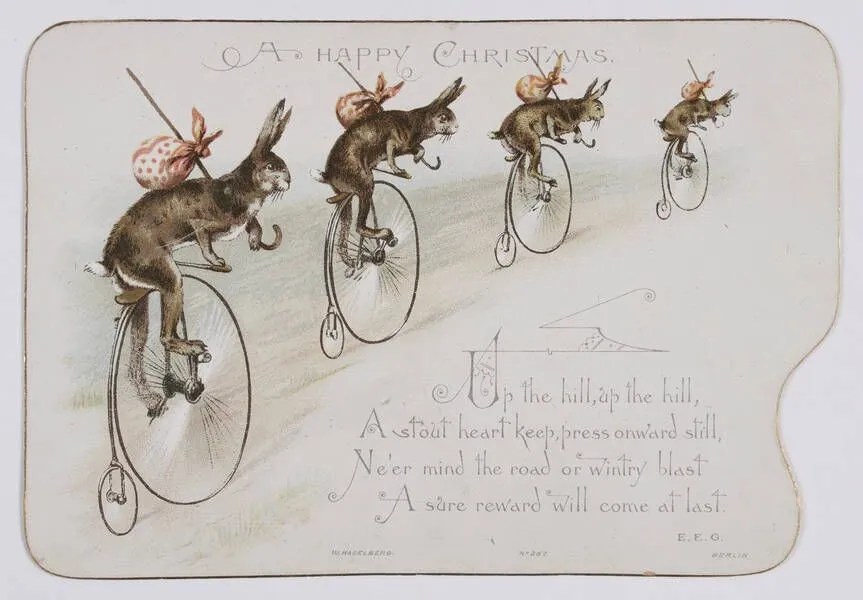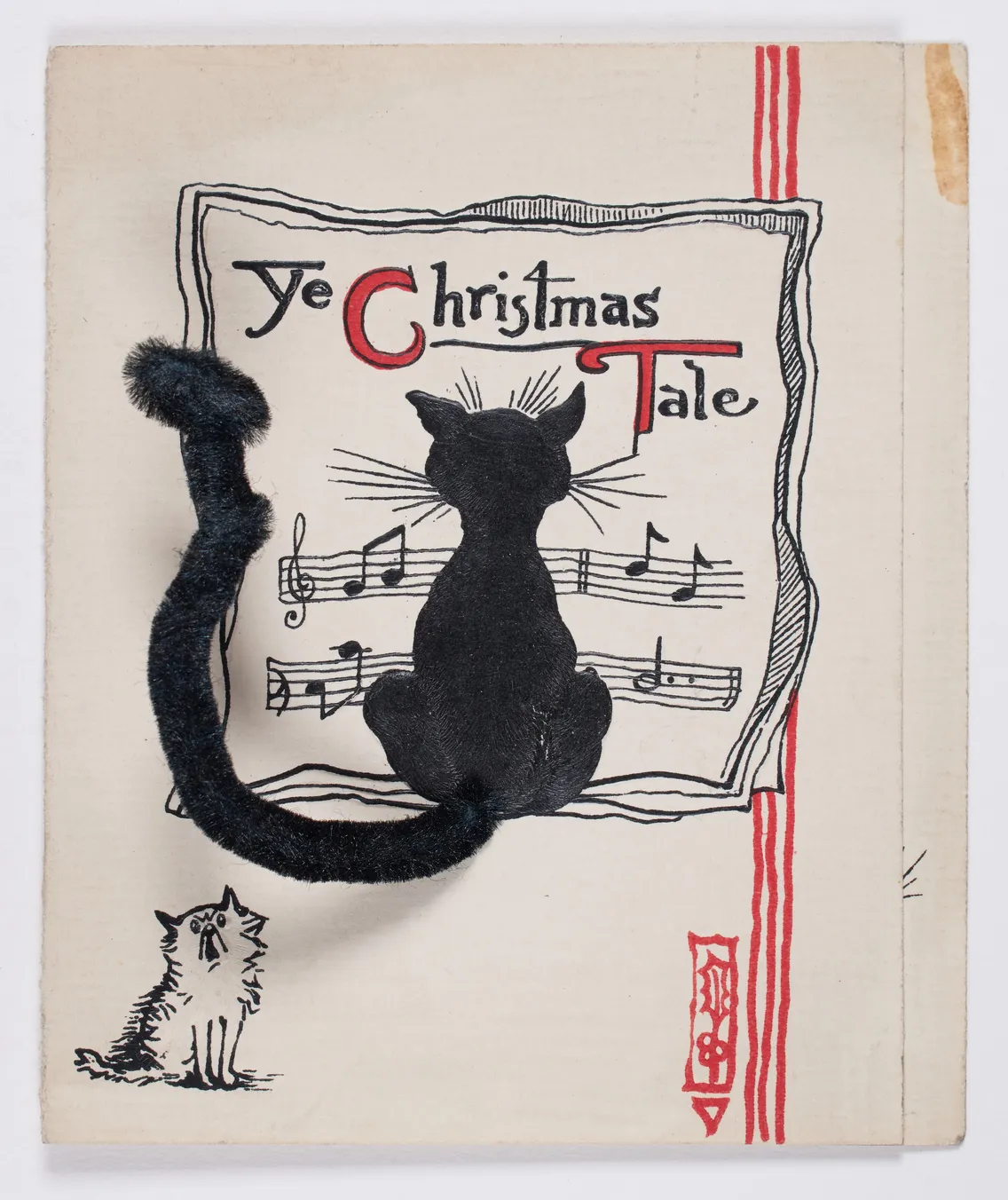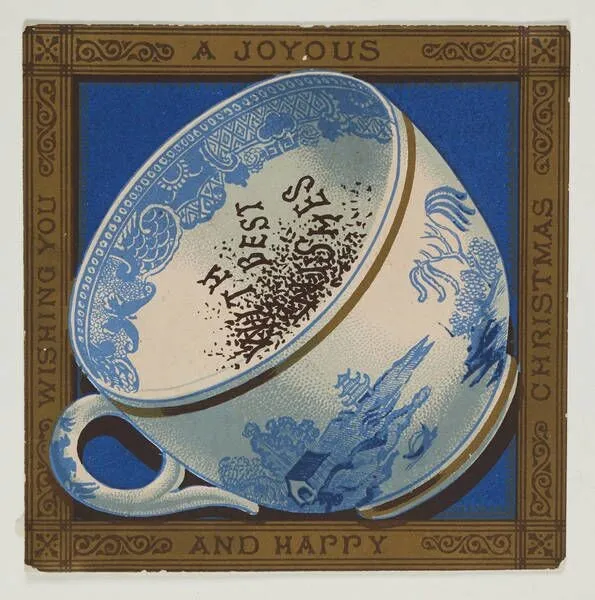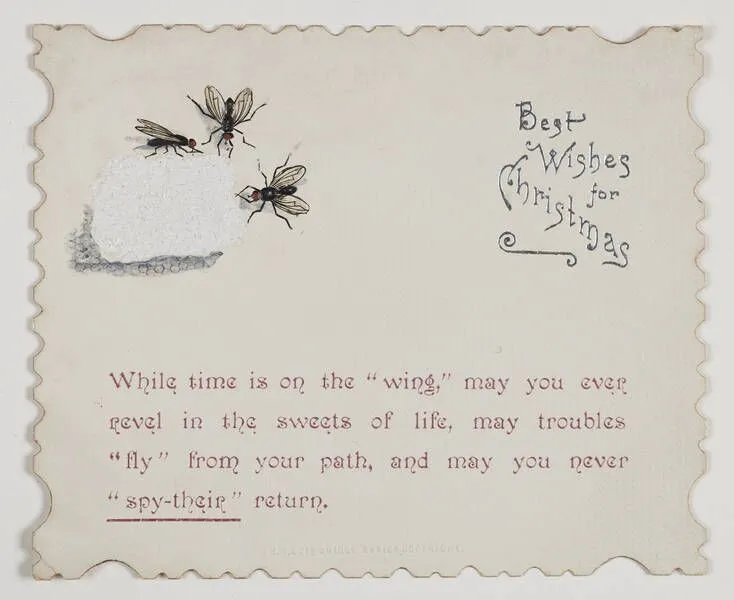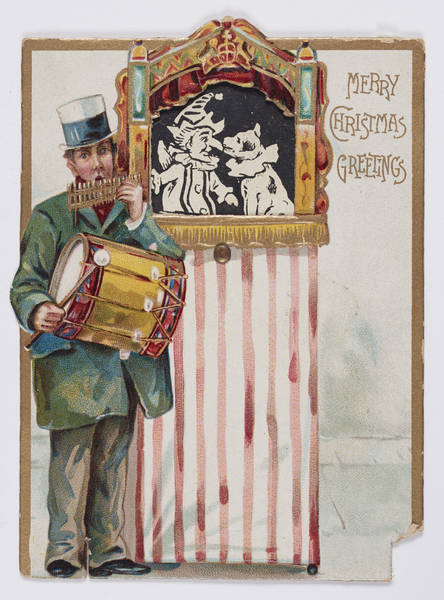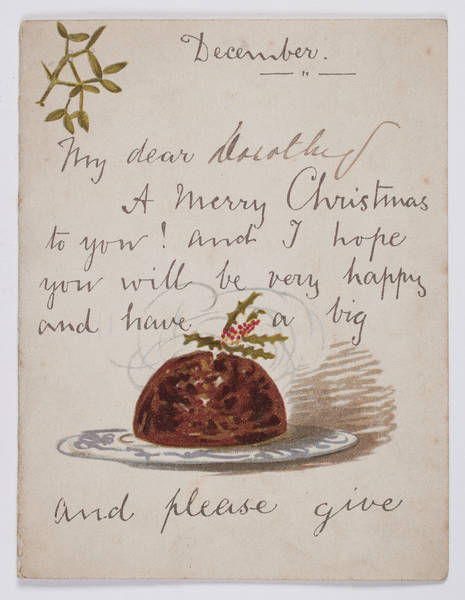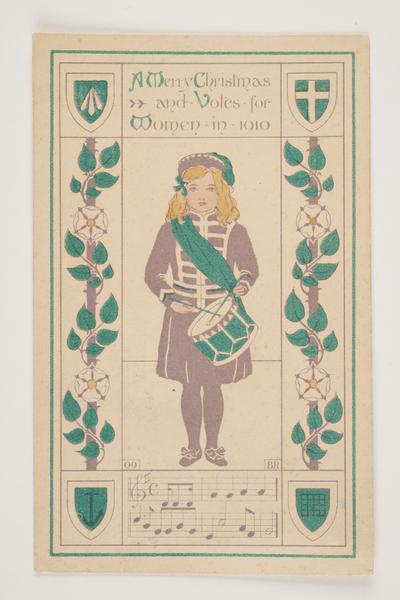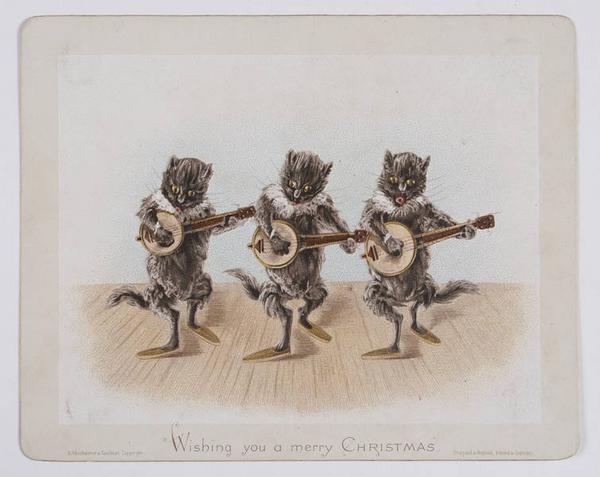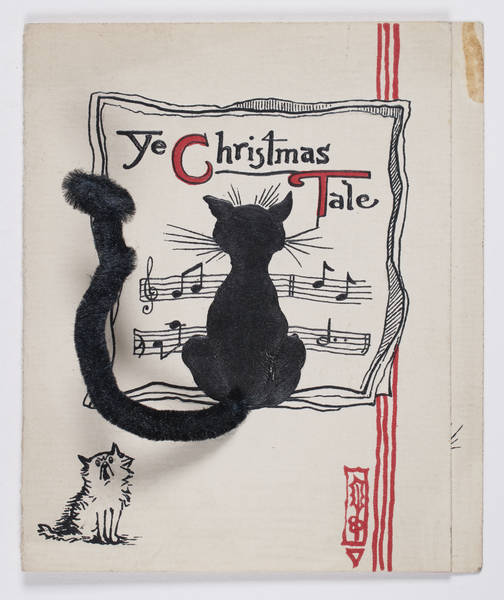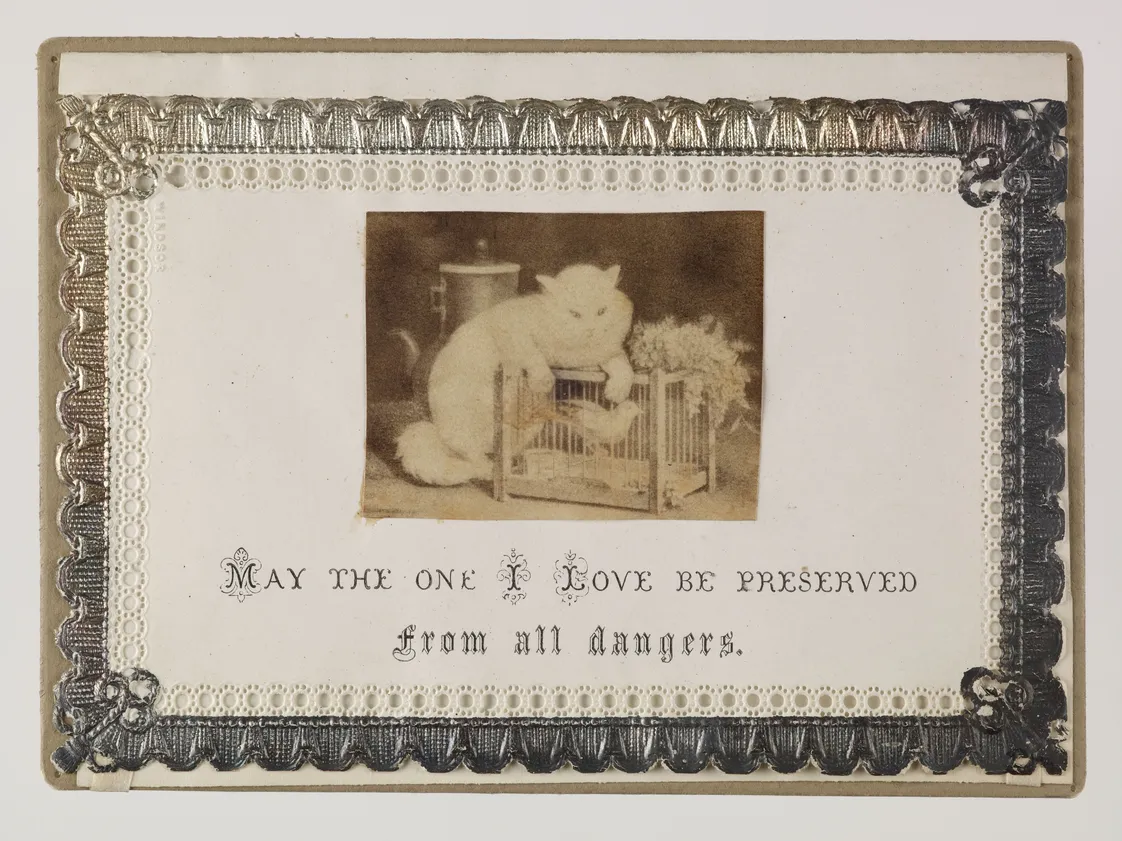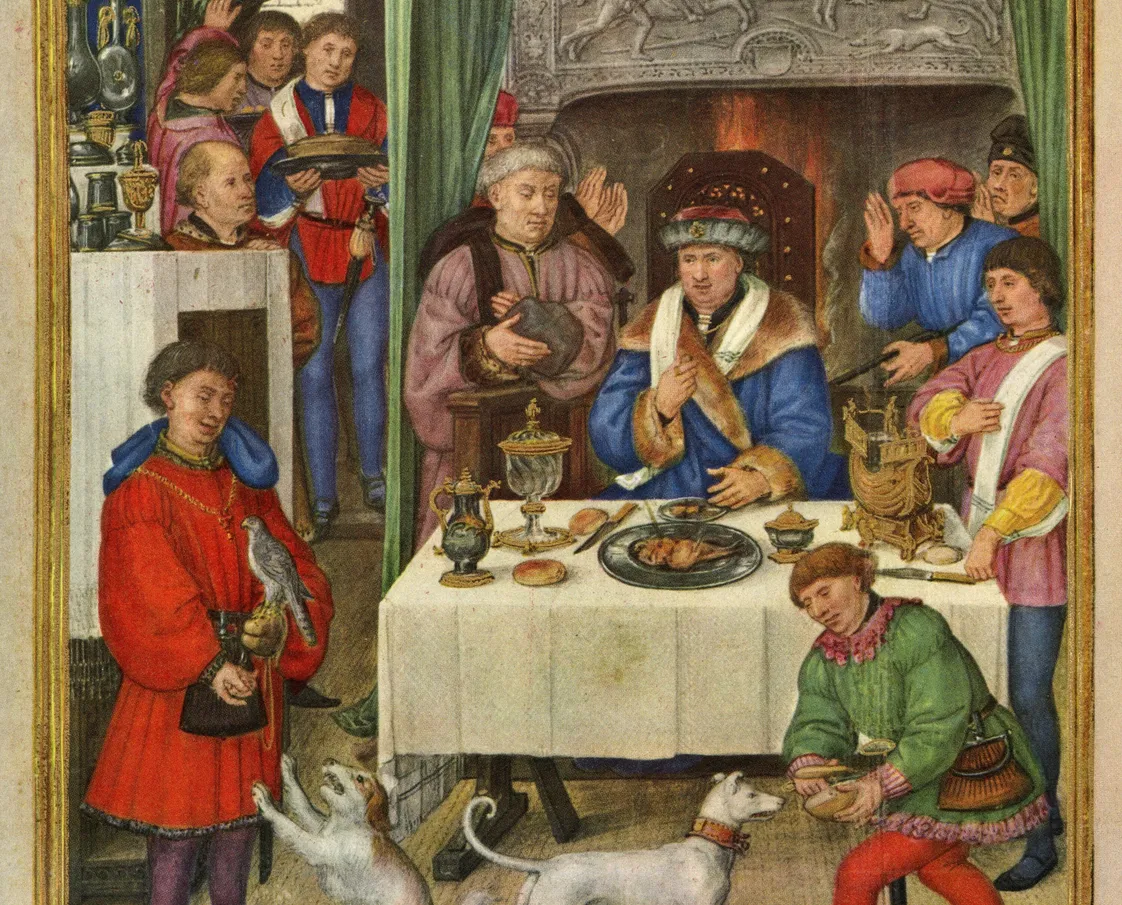Why are these Victorian Christmas cards so weird?
Inside the wonderful world of Victorian novelty Christmas cards – where policemen get whacked by clowns, hares ride bikes and insects wish you a Merry Christmas.
1800s
A strange selection of Season’s Greetings
When December rolls around, London’s shops become stacked with Christmas cards featuring beautiful floral designs, birds and traditional Christmas symbols. But if you’ve ever been drawn to the jokey, satirical or even political cards? You have the Victorians to thank for finding them on the shelves.
There are over 800 Christmas cards in our collection – many dating back to the mid-1800s. For card designers at the time, competition and a desire for originality gave rise to a very successful genre of novelty cards.
Some feature cute animals. Others have funny wordplay. And a lot of them look downright weird to our modern eye.
When were the first Christmas cards sent?
The first commercially produced Christmas card is said to have been designed in 1843 by artist John Callcott Horsley. It was commissioned by British civil servant and inventor Henry Cole, who sent it to his friends.
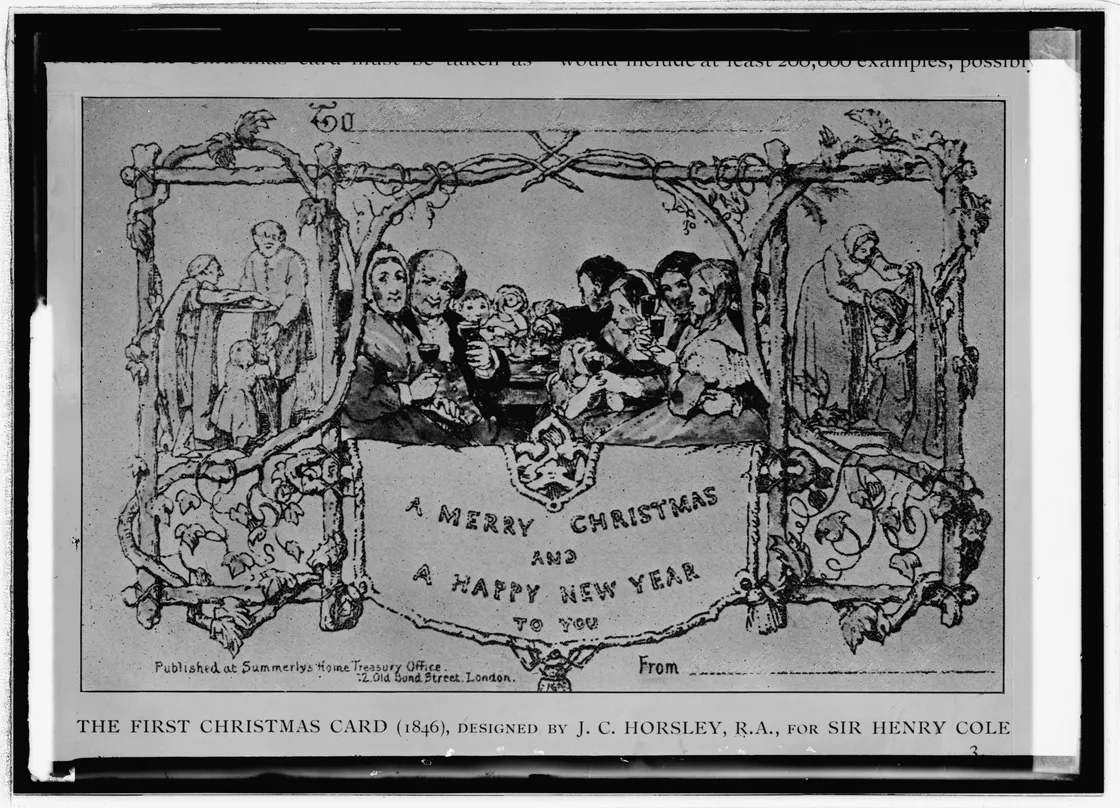
The first commercially produced Christmas card.
The cards were produced three years after the introduction of the uniform Penny Post, which allowed people to send cards at a standard cost.
Initially, though, Christmas cards were expensive to produce, with Henry Cole’s cards selling for one shilling each. Production was made cheaper by developments in new printing processes and led to more variety in design.
What did early Christmas cards look like?
The first Christmas cards were initially produced by Valentine’s card manufacturers, who were looking to expand. This is reflected in how early Christmas cards often contained romantic imagery.
“Designing cards was serious business”
Christmas trees, robins and Father Christmas were still popular themes during the 19th century. Like Valentine's cards, these cards were produced for the masses.
But designing cards could be serious business. Card companies commissioned prominent artists to produce designs aimed at wealthier buyers. Competitions were held, and Christmas cards were extensively reviewed in the national press – much like books and films are today.
The introduction of novelty cards
Increased competition encouraged manufacturers to be more original to keep up the interest of customers of a rapidly growing seasonal market. Animals – particularly dogs, cats and rabbits – was a popular theme, reflecting the British fondness for pets. Browse our collection and you might find them wearing oversized bows or fixed in human poses.
Alongside novelty cards, mechanical fold-out or pop-up cards gained popularity and were often paired with pranks and hidden messages. Jonathan King, an early Christmas card manufacturer based in Islington, also made many of these kinds of cards for Valentine’s Day.
Puns, riddles and satire
Christmas has always been a time for fun and games, and many of the cards in our collection feature puns, riddles and satire. Some of the word play is relatively simple, like the card captioned “Ye Christmas Tale”, with a pipe cleaner for the cat’s tail.
You could also find hidden messages in Christmas cards. This teacup has the message “with best wishes” hidden in the tea leaves. From this card we not only learn about the popularity of tea drinking, but the practice of reading tea leaves as well.
Interestingly, the verse on the back gives a warning against drinking alcohol. There was a prominent temperance movement in the late 19th century that campaigned against alcohol consumption.
“Rats and mice often decorated Victorian Christmas cards”
Creepy Christmas cards
There are a number of examples of creepy-crawly insects appearing on early Christmas cards. One rather grotesque card encouraging troubles to “fly” depicts three flies on a sugar cube. Rats and mice often decorated Victorian Christmas cards – a curious choice given the perpetual war waged against them by homemakers.
These ‘unlovely cards’ were disapproved by card critics of the time. Many considered them not worthy of commenting, in contrast to their popularity.
Clowns were an especially popular character on Christmas cards. The association could be theatrical, as clowns (often appearing creepy or sinister) were common in Christmas pantomimes. Pantomimes were a hugely popular form of family entertainment in Victorian Britain. Similar to the Shakespearean ‘fool’ or the medieval ‘court jester’, the clowns on these cards were shown poking fun at anyone and everyone.
Writing/researching credit: Annie McCulloch

